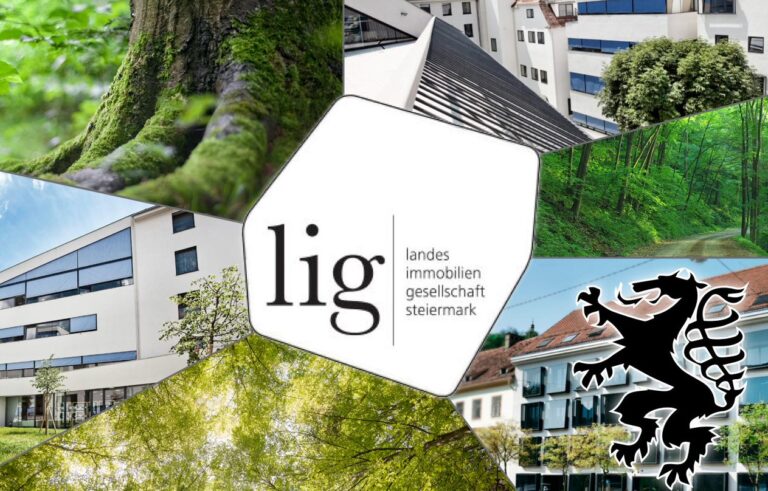Optimize your workflow now!
What does the use of joinpoints in companies actually look like?
What challenges does the implementation entail?
Paul Stanzenberger, Managing Director of teamazing GmbH in Graz, asked himself these questions and drew up a summary of the tool.
A good year ago, I was looking for a modern customer relationship management (CRM) solution: the endlessly long Excel lists were slowly but surely coming to an end. The list was taking several minutes to load and it was difficult to keep track of recurring customers.
As I had already worked successfully with Jakob in my previous career, I finally came across the Joinpoints tool.
When Jakob showed me the beta version of the tool, I saw it as a rough diamond for our business processes at teamazing.
At teamazing, we organize team-building events for companies and inspire them to develop their full potential through effective teamwork. Our work is therefore very project-oriented and we are at home in the classic service sector.

Valuable conclusions from the configuration
In a series of workshops, both internally and in collaboration with Jakob, we tried to define and structure our processes and day-to-day work tasks.
For example, tasks such as following up an inquiry by telephone were clearly integrated into the sales process and the task of informing the customer about the objectives of the event was included in the event process.
During this structuring phase, I realized that I was not really looking for a pure CRM, but rather for a tool that could manage cross-departmental collaboration on a process-oriented basis.
This means that an event is not closed as a “sale”, as in classic CRM, but rather processed further by other employees in the same project management tool.
Consistent and transparent
At this point, I saw the main advantage in the standardized flow of information. Previously, customer data, events, locations, wishes, goals, etc. had to be collected from the Excel list, emails and notes in a separate process step and handed over to the responsible event manager (project manager). Unfortunately, information was all too often lost in the process.

This is what the first process with 4 phases looked like:
1. offer sent
2. event sold
3. Handed over to event manager
4. Event held
Behind each of these phases, many tasks were also stored, which were automatically assigned to the person responsible.
It was also important to me that the tasks only become “relevant” when the task actually needs to be completed.
For example, the final invoice should only be created once the event has been held and the event manager has passed on all the necessary information about the event.
In addition, it should be prepared within a few days so as not to burden our liquidity unnecessarily.
Easy to understand
I was able to integrate all these aspects into the tool without having any programming knowledge. At the end of the configuration, all the necessary tasks were created automatically and on time and assigned to the right person. Incidentally, every employee can see the open tasks on the dashboard. This even includes prioritization.

Increased efficiency in the team
The most difficult phase when implementing a new tool is certainly always the one in which employees take their first steps:
It was important to me that initially only the sales department worked with the tool (as a CRM) and only then was it gradually used by other employees.
To my surprise, this transition was so quick and smooth that the event managers could hardly wait to finally start working with Joinpoints.
They saw the advantages very quickly and clearly compared to the Excel solution, which of course will not be the case in every company. The young average age and technical affinity of our employees probably also contributes to this.
The reward system
A key factor for increasing efficiency, which I underestimated for a long time, is the Joinpoints reward system.
It’s simple and effective: you get points for every task you complete – more if you complete it quickly and within the deadline and fewer if you don’t. Jakob also explained to me that there are many other aspects from the agile working world.
What I notice as a manager is that employees are more motivated to tackle new tasks thanks to the Joinpoints reward system, as they are rewarded for doing so every time

The brain releases dopamine every time a task is completed.
Once I even noticed that I quickly switched on the loudspeaker on my laptop before I finished a task so that I could hear the sound that followed.

The integration of other areas
After successfully mapping our event process, the next step was to integrate additional processes.
Joinpoints gives you a free hand and you can customize any tasks and processes.
Networking the individual departments and work areas naturally brings many advantages:
From standardized documentation to a holistic overview of operations. From this background, we then mapped other processes relatively quickly using Joinpoints.
The following processes now also run via joinpoints:
- Our application process
- Process of choosing a partner location
- Product development process
Now applicants can switch directly to our employee database and then be assigned as employees at events. And all this without a wasted click or a lost piece of information.
The summary
Now that we have been using Joinpoints for six months, the entire team at teamazing can highly recommend the tool. The visual & intuitive design, together with the networking & automation aspects, make Joinpoints a very valuable and efficiency-enhancing tool.




